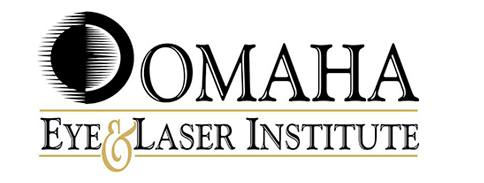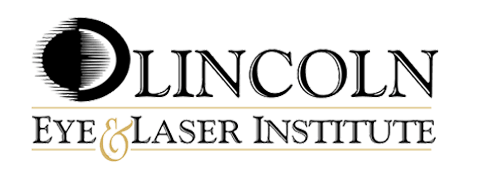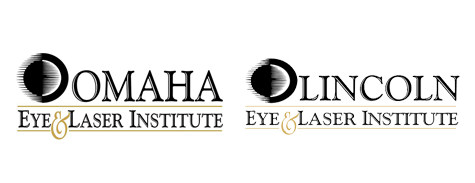What Is Presbyopia?
Presbyopia is a condition where the eyes lose the ability to see near objects clearly. This condition occurs commonly after the age of 40 and is due to normal, expected aging. In the US, over 100 million adults are presbyopic. Presbyopia affects everyone, including those who are nearsighted, farsighted or have astigmatism – although effects may vary across individuals and over time. Most people refer to presbyopia in terms of how it affects their “reading vision.”
Signs And Symptoms Of Presbyopia
Most signs of presbyopia tend to be gradual, often beginning with the need to hold near objects (e.g. smartphones, magazines, menus, etc.) further away to see them comfortably or more clearly. Eyestrain, headaches after reading, and fatigue after near tasks can also be symptoms – hence “reading vision.”

What it’s like to see with presbyopia
Those who are nearsighted and developing presbyopia may notice that removing their spectacles makes it easier to read things up close. They make begin to look over or under their glasses to read the fine print, or may even make a habit of sliding their glasses further down the bridge of the nose to accommodate for this change.
What Causes Presbyopia?
Presbyopia is associated with normal aging of the eye – particularly, the lens. The lens sits behind the colored iris, inside the eye. Before the age of 40, the lens is softer and, clearer, and more elastic. This allows flexibility to view things both near and far seamlessly. But, with age, the lens gradually grows thicker, harder, and less flexible. Additionally, the muscles that surround the lens to manipulate its elasticity lose strength and tone – leading to increased difficulty transitioning distances and performing near visual tasks.
Treatment For Presbyopia
Treatment options vary and are highly effective. Most commonly, reading glasses (prescription or over-the-counter) or bifocals/progressive lenses are utilized to ease eyestrain and near blur. Multifocal contact lenses and monovision contact lenses are also temporary options. Surgical treatment options for presbyopia offer more permanent, convenient options.
Surgical Treatment Options For Presbyopia
Refractive Lens Exchange
This procedure replaces the aging lens of the eye with a multifocal IOL (intraocular lens) to provide both distance and near vision simultaneously. Refractive lens exchange can be performed on one or both eyes and offers the most effective solution to presbyopia. (Important note: refractive lens exchange is virtually the same procedure as cataract surgery, but the procedure is performed before the deteriorations of the eye and vision typically associated with cataracts occurs.) For more detailed surgical information, please visit our cataract surgery section.
Monovision IntraLASIK
This bladeless laser procedure creates “blended vision,” offering modified amounts of near and distance vision when both eyes are used together. More information on LASIK.





